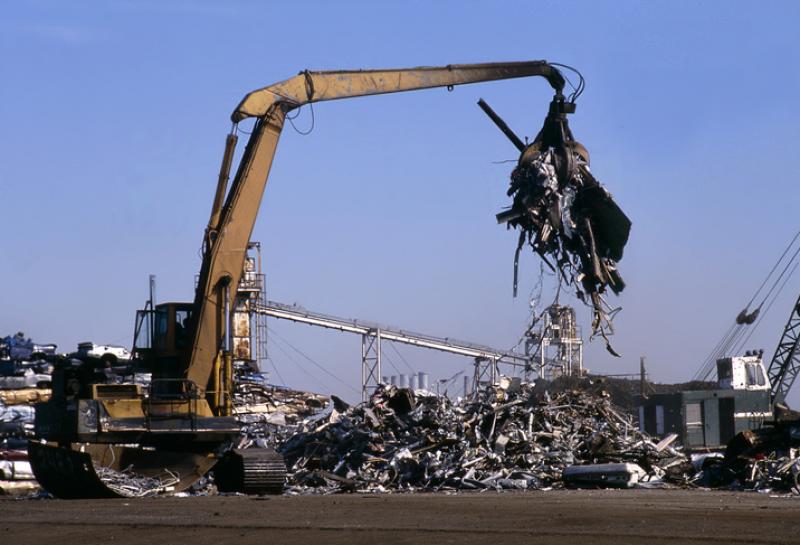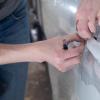How to Recycle Cars

With nearly 80 million motor vehicles produced each year, recycling cars is not only necessary but a profitable business. Although the process has not been perfected, vehicle recycling is widely practiced around the world and most folks are happy to receive cash for junk cars.
Cars are comprised of many different materials and components so more goes into recycling a vehicle than you might imagine. Automobile recycling businesses and scrapyards have a huge part to play in safely and effectively recycling vehicles and making sure that all of their parts and materials are disposed of properly or reused responsibly. In this article, we will go over how this is generally done.
Receiving the Vehicle
If an owner is looking to get rid of their car because it has reached the end of its lifecycle, they will usually bring it to a scrap yard or vehicle recycling center because they know they will get a fair price on the remaining value of the vehicle. Just because a car is no longer road worthy doesn’t mean that it is useless - not only can its working parts be resold, a lot of its materials can be disassembled, broken down, and reused for other purposes.
When a vehicle is brought to a lot to be sold, the buyer will inspect it and the ownership of the car will be transferred to the business. From there, the vehicle is often inspected more thoroughly to determine whether or not it is more valuable being repaired or recycled. Usually, it’s the latter.
Disassembly
Once it has been decided that the car is scrap, the process of taking it apart begins. First, all of the vehicle's fluids will be drained and disposed of in a procedure called depollution. This includes everything from gasoline to antifreeze. If the scrap yard can use the fluids for their own ends, such as for yard vehicles, they will keep them. If not, fluids such as oil will be sold to other recyclers and processed to be used as new or sold again to different industries to be burned. More hazardous fluids such as air conditioning refrigerants are disposed of via safe destruction methods.
The car engine and transmission are lifted from the chassis to be scoured for reusable parts. The battery and other components that require further disassembly are removed and collected. Larger parts of the car such as panels or doors that are in good condition may be kept and catalogued depending on their value. Other accessorized and usable parts are removed and sold or otherwise distributed. Sometimes, parts are bought by auto-part remanufacturers. Rubber tires are sent off to be recycled into things like roofing or playground supplies, and materials such as glass can also be separately recycled.
Once everything that can be reused in other industries has been removed and the vehicle is stripped, the leftover metals and frame are put through a specialized vehicle shredder which shreds and separates the remnants. Magnets collect the metal parts and materials like fabric, plastic and glass are separated.
From here, other scrap metals are often added to the recovered metal from the vehicle before it is ready to be shipped to vehicle manufacturers. The metals are prepared to be moulded into auto frames for new vehicles and the debris left behind is sent to the landfill. This usually includes materials such as plastic, smaller parts of glass, non-recyclable metal and rubber, lightbulbs, fabric, and anything else that has made it through the process up to this point.
80-90% of a vehicle can be recycled, so the process can take quite a while. Considering how many vehicles are recycled each day and how useful the various components of a vehicle are, it’s no surprise that this is such a lucrative industry. Recycling the steel used in car frames uses approximately 75% less energy than making new steel and is also a lot cheaper since there is no requirement for mining. Most steel today is produced with at least a quarter of recycled material included.
We hope that this insight into how vehicles are recycled has helped you in some way and that you now have a greater understanding of just what it takes to get rid of an old car. Many people underestimate the value and importance of a local scrap yard and think they’re just around to offer cash for junk cars. In reality, junk yards have a huge part to play in keeping the automobile industry responsible and environmentally sound.
More to Read:
Previous Posts:



